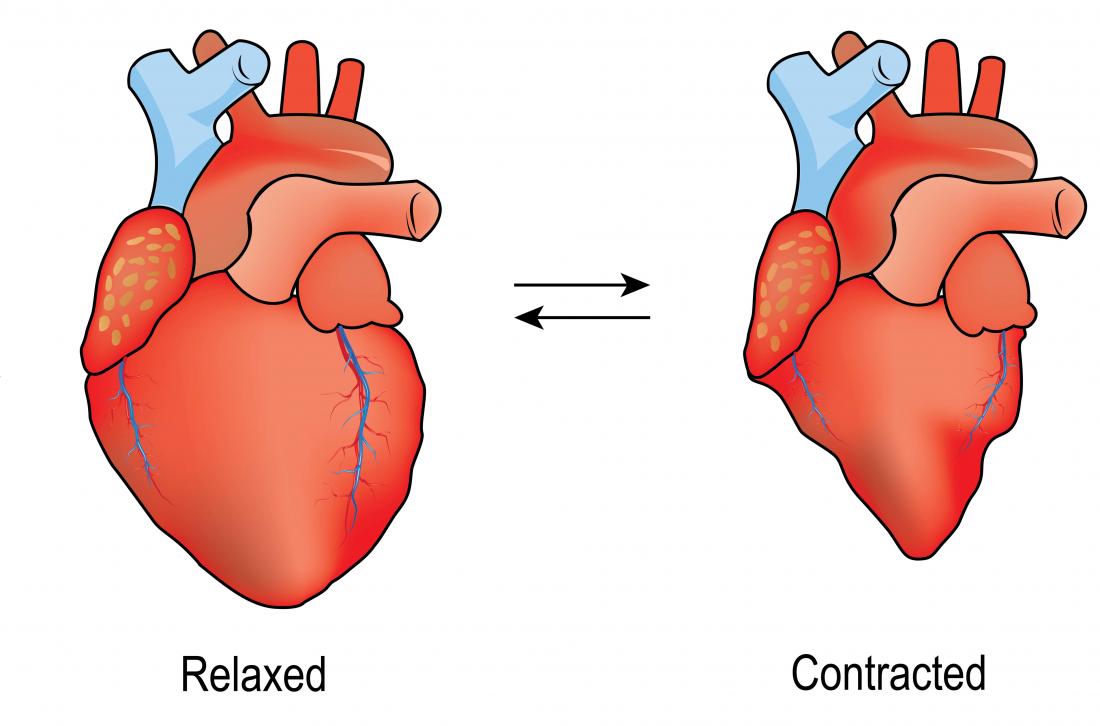Your heart is likely one of the most vital organs in your body. It is responsible for pumping blood through your veins, ensuring that every cell in your body has the oxygen and nutrients it needs to function optimally. In this article, we’ll explore the mechanics of the heart and its two fundamental methods of functioning.
How Does the Heart Work?
The heart is a muscle roughly the size of your fist, located in the center of your chest. It has four chambers, the left and right auricles and the left and right ventricles.
The blood circulatory system is responsible for carrying oxygen-rich blood from the lungs to other parts of the body and returning oxygen-depleted blood to the lungs to be reoxygenated.
The heart operates in a synchronic contraction and relaxation pattern, which ensures that blood is pumped efficiently and continuously throughout the body.
Understanding Systole and Diastole
The essential parts of a heartbeat are systole and diastole. Systole refers to the contraction phase of the heart, while diastole refers to its relaxation phase.
During each heartbeat, the left and right atrium contract simultaneously, allowing blood to flow into the ventricles. Then, the left and right ventricles contract, ejecting blood out of the heart and into your circulatory system.
Systole accounts for around one-third of each heartbeat, and diastole accounts for around two-thirds.

The Cardiac Cycle
The cardiac cycle is a series of steps that the heart goes through to pump blood throughout the body. The entire cycle is repeated around 60 to 100 times each minute when the body is at rest.
The cycle is broken down into two primary phases – diastole and systole.
During diastole, blood flows from the veins into the heart. The right and left ventricles are both passively filling with blood at this stage. The heart rests for a fraction of a second between the end of diastole and the beginning of systole.
During systole, the heart muscle contracts, forcing blood from the ventricles out of the heart and into the arteries. The right ventricle forces through the pulmonary artery into the lungs, while the left ventricle forces out blood through the aorta and into the rest of the body.
Strength of a Heartbeat
The strength of a heartbeat is determined by several factors. It’s important to note that as you age, the maximum heart rate decreases, but the maximum stroke volume increases.
Stroke volume refers to the litres of blood that are released per heartbeat. The preload is the amount of blood that is left in the left ventricle at the end of diastole. The more blood in the left ventricle, the stronger your heartbeat will be.
Other factors affecting the strength of the heartbeat include the contractility of the heart muscle, the afterload, and other physiological factors.
Heart Sounds
When you listen to your heart through a stethoscope, you may hear two distinct sounds – “lub-dub.”
The first sound is created during the closing of the atrioventricular valves, signifying the start of systole. The second sound is created when the semilunar valves in the aorta and pulmonary artery slam shut at the end of systole.
In Conclusion
Understanding the mechanics of the heart is critical to good health. Your heart carries out vital functions every day, pumping blood throughout your body to ensure proper oxygen and nutrient delivery.
Keep your heart healthy by exercising regularly, eating healthy, controlling stress, and consulting with a doctor if you have a pre-existing condition. It is always best to take good care of your heart now to prevent any complications or problems down the road.
Until next time, Happy Reading!
